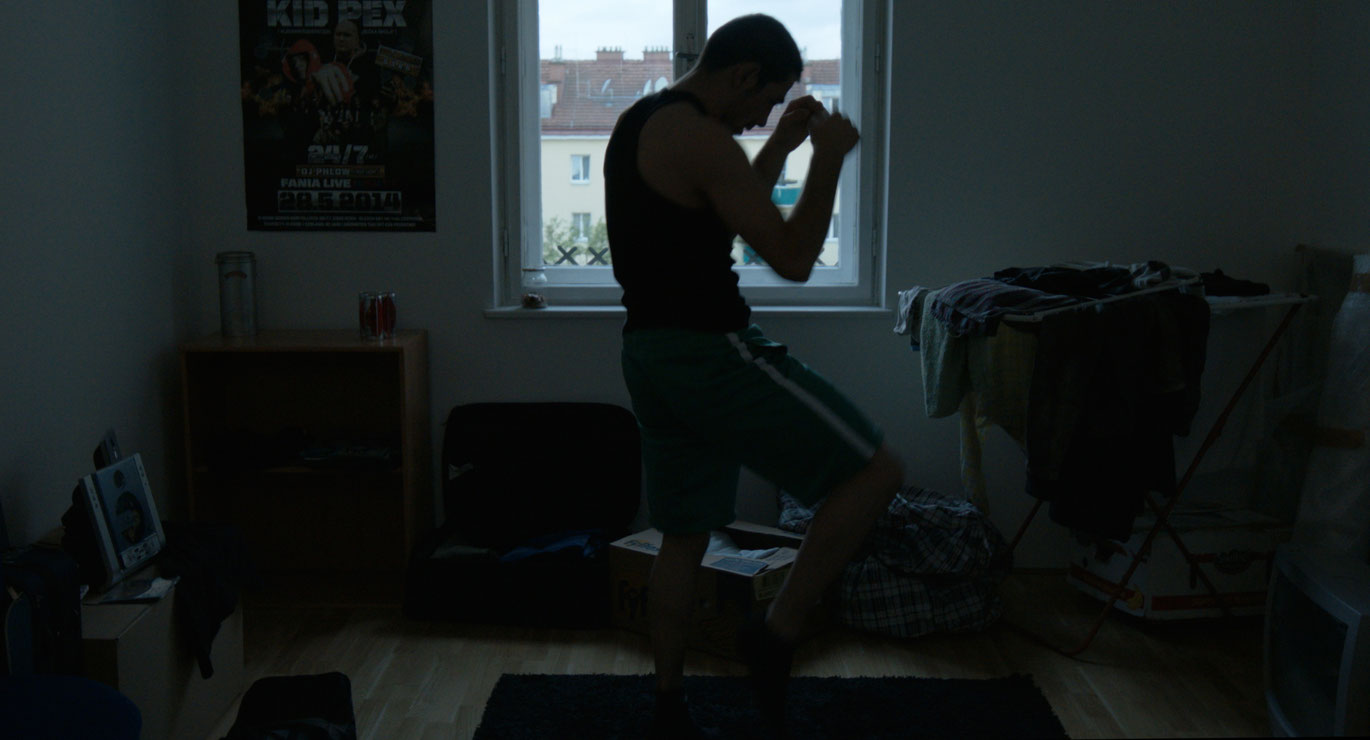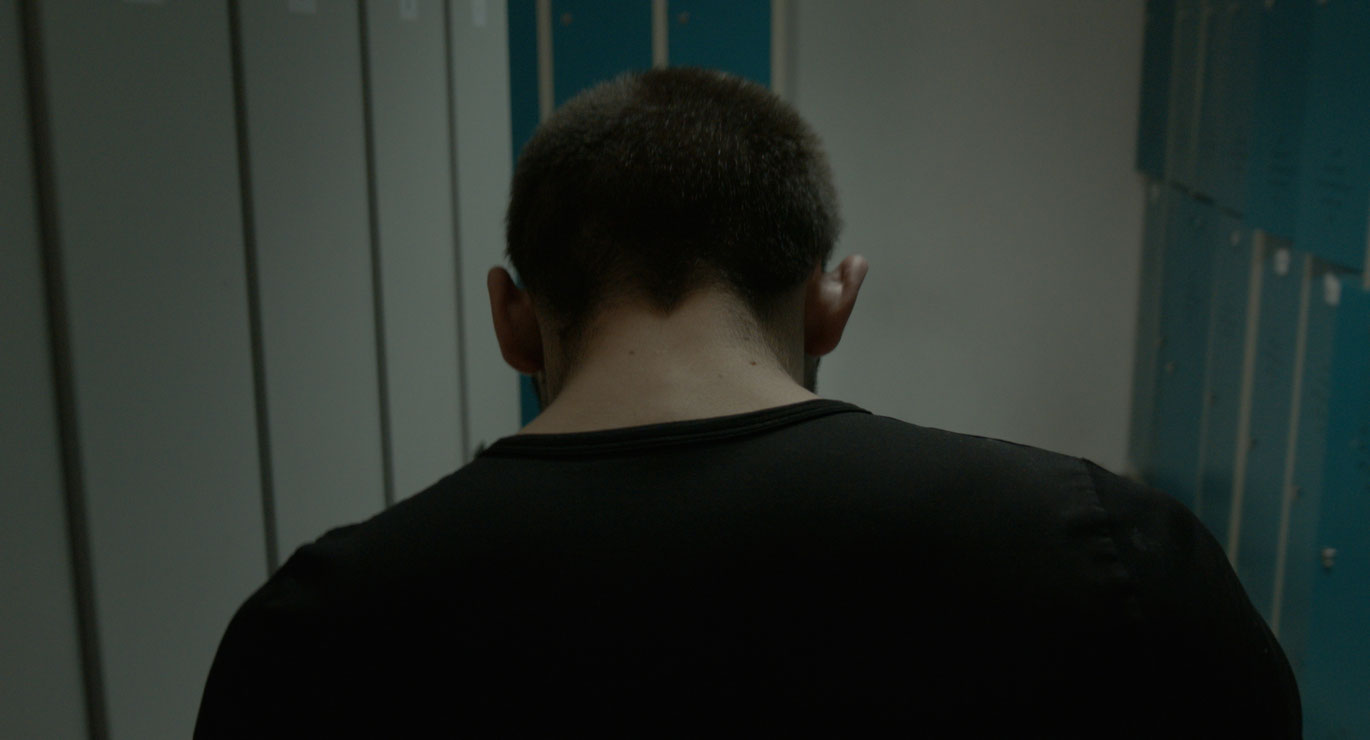Shadow Boxer
Shadow boxing is a training exercise where the boxer trades blows with their reflection. In other words, a shadow boxer is someone who fights themself.
Shadow Boxer is the name Jannis Lenz gave the title character in his 17-minute short portrait, in which 23-year-old Ahmet Simsek faces a turning point. Ahmet, a kickboxer, is sentenced to probation for assault, and he has one final chance: If he’s given a positive evaluation after an anger-management training, he won’t have to go to jail.
Difficulties arise in the first session with his social worker: The other man asks whether it’s OK to use the informal address, and Ahmet reluctantly says that it’s OK. But the fact he’s not OK with it is shown in the course of further sessions, when Ahmet reverts to the formal address in an attempt to create distance through language, which is exactly the opposite of what the social workers want. They’re trying to create intimacy with someone whose love of combat sport defines his relationship with his immediate surroundings. Ahmet can’t escape the role of a boxer who’s eager to attack. In the boxing ring physical contact takes place in the form of controlled blows. And even there the protagonist breaks the rules with his outbursts of aggression.
For Shadow Boxer Jannis Lenz worked with an amateur —Ahmet Simsek — and based his short film in part on the man’s life. He accompanies Simsek to his actual training sessions and staged anti-aggression training, which creates the impression of a blurred border between documentary and fiction. At the same time he avoids psychologizing his character, instead observing the man’s reactions to his environment.
Lenz masterfully alternates between therapy sessions and training. With an agile camera he follows his protagonist, who sees himself primarily in physical terms and is put through the wringer at the conclusion of therapy. A group forms a tight circle and the boxer must sit in the middle. In this intertwining of the protagonist’s normal environment — the boxing ring — and the strategy of verbal encirclement, Lenz makes tangible in an impressive way the use of language in therapy as an intense physical experience.
At the conclusion Simsek rides an elevator going up, its cabin anticipating the closeness of a jail cell in a menacing way. The ride ends in a black screen, while the soundtrack tells us optimistically of how the door opens and he steps out into freedom. (Alexandra Seibel)
Translation: Steve Wilder
Schattenboxer
2015
Austria
18 min



